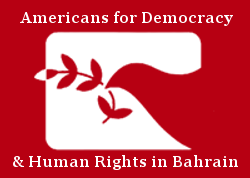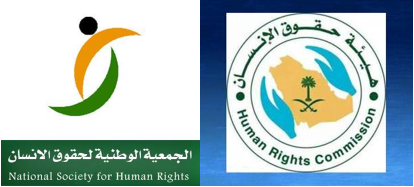*Best viewed in full-screen mode.
In Mapping the Saudi State, Chapter 9: The National Human Rights Institutions, ADHRB reviews the two permissible human rights organizations within Saudi Arabia: the government-run Human Rights Commission, and the government-influenced National Society for Human Rights (NSHR). In studying their work and advocacy, ADHRB recognizes their positive contributions to the human rights discourse in Saudi Arabia. However, the institutions’ lack of executive authority, and their unwillingness to comment on politically-sensitive cases, limits their ability to effectively counter and remedy the human rights abuses perpetuated by other government agencies.
Chapter 9 begins by tracing the origin and development of these institutions, founded in response to Saudi civil society’s opposition to ongoing corruption and a lack of participatory governance. The chapter then studies the strengths and weaknesses of the institutions’ human rights work, as formulated in their complaint programs, reporting, and awareness-raising events and materials. The chapter concludes by calling on the institutions to press for the release of imprisoned civil society activists and nonviolent political dissidents, men and women who will play a key role in curtailing the government’s systemic violations of human rights. For citations and in-depth information, click here for the full chapter.
Chapter 9 also serves as the final installment of Mapping the Saudi State, a year-long reporting project that, ministry by ministry, contextualizes the numerous and ongoing human rights violations of the Saudi government, identifies those governmental actors most in need of reform, and offers recommendations to the Saudi government and the international community for their constructive change. The project in its entirety can be accessed here.





